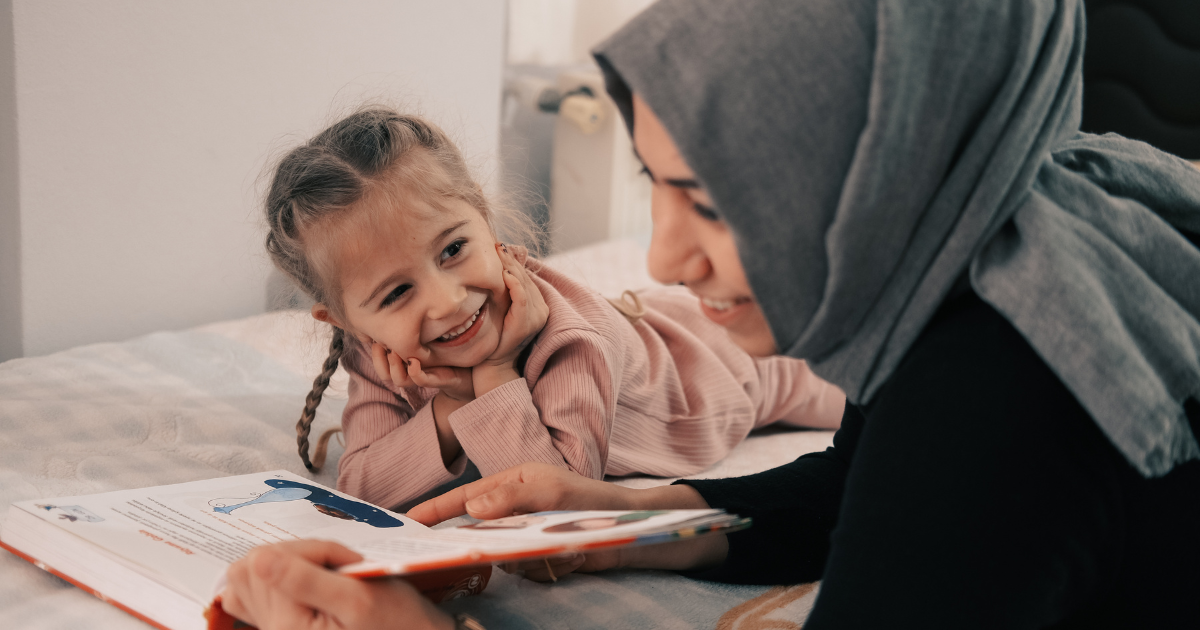BY CAROL RIPPLE | EDITED BY JUDITH OWENS, MD, MPH | JAN. 27, 2023
Just ask any groggy parent: one of the biggest challenges of raising young children is getting enough sleep. When children have trouble getting to sleep, parents and even pediatricians may turn to melatonin as a “quick fix”. Melatonin seems to be everywhere these days: ads tout it as a natural hormone are, it’s readily available over the counter (although by prescription only in most of the rest of the world), and it comes in pill, liquid, and gummy forms. So it’s understandable that caregivers may see it as a first line of defense against their child’s sleepless nights and even as a means of promoting “good sleep” in children without sleep problems. This helps to explain why the number of even young children on melatonin in the US has been rising fast.
But sleep experts, including members of our Good Night Advisory Council, say “not so fast,” citing concerns about long-term use (more than a couple of months) among young children. In September 2022, the Public Safety and the Public Awareness Advisory Committees of the American Academy of Sleep Medicine issued a health advisory, cautioning against its use as a children’s sleep aid. Why?
First, because melatonin is considered a “dietary supplement” by the FDA, it is not well-regulated. One study found melatonin content ranged from −83% to +478% of the labelled content, making it impossible to know exactly how much melatonin children are actually getting (“pharmaceutical grade” melatonin is often recommended for that reason). Second, more than 52,000 children in the U.S. were reported to poison control centers for accidental ingestion of melatonin (most were very young children), and accidental overdoses have been linked to serious side effects, even death. Third, while longer–term use of melatonin may be appropriate in selected groups of children (with autism, for example) under a health professional’s supervision, there are very few longer-term studies of how it affects children, limiting our understanding of its impact on growth and development, even on pubertal development. Finally, melatonin is often essentially “a Band-Aid,” for most typically developing healthy children with sleep disturbances, according to Council member Judith Owens, MD. Because it may temporarily “fix the problem”, it may lead parents to opt for a medication solution to their child’s sleep issues over implementing the behavioral interventions that are the most effective and evidence-based approach to childhood insomnia. It also may convey the unfortunate message to children that they “need a pill to fall asleep”.

The good news is sleep experts recommend a better approach: changing bedtime and sleep behaviors. For example, having a regular sleep schedule with a consistent bedtime and wake time, restricting use of electronic media devices before bedtime and having an appropriate nap schedule for younger children have all been shown to be key steps to solving sleep problems. In particular, a comforting bedtime routine helps children relax at the end of the day and prepare their minds and bodies for sleep. It’s a time for caregivers to provide feelings of safety and security, which are essential for children to wind down. Best of all, a comforting bedtime routine sets young children up for a good day to follow and establishes good habits for a lifetime of good days.
If you have questions about melatonin use in children or your child’s sleep, please speak with your child’s healthcare provider.